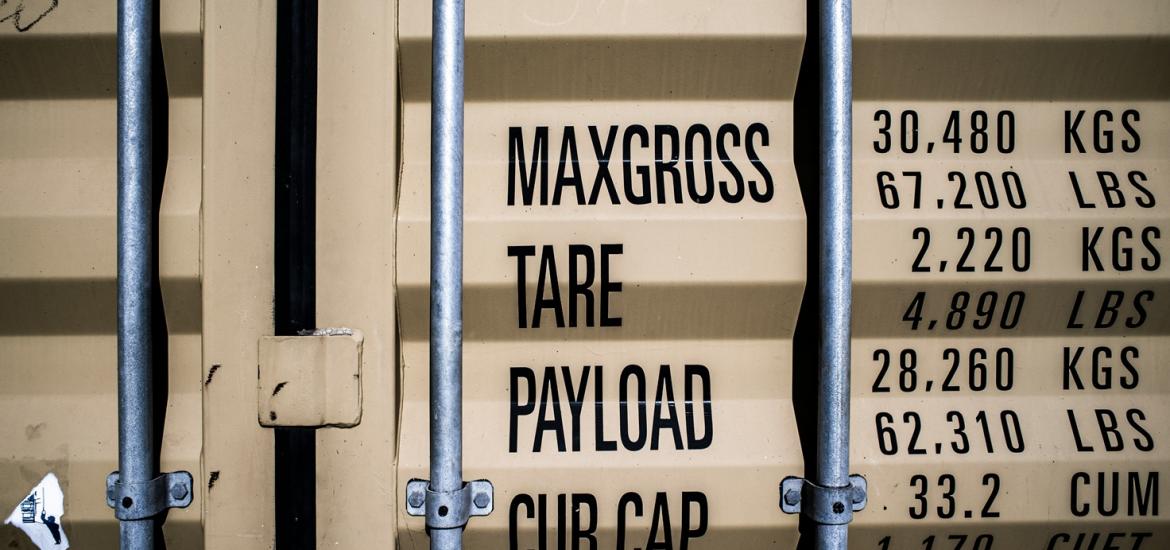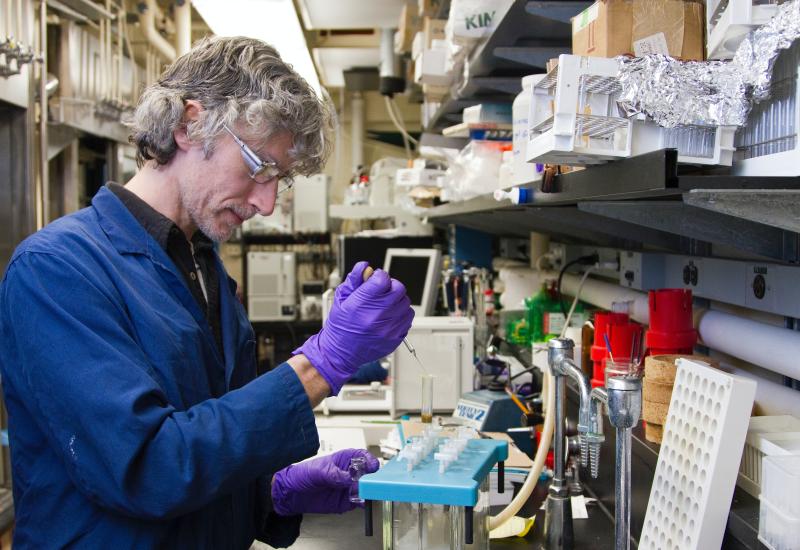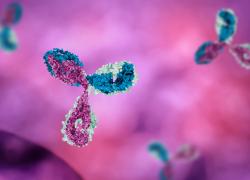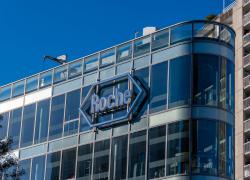
Innovent takes the dual payload glory
IBI3020 beats Chengdu Kanghong's KH815 into clinical trials.
IBI3020 beats Chengdu Kanghong's KH815 into clinical trials.

The hot area of dual-payload antibody-drug conjugates, which only entered the limelight last year, suddenly has not one but two clinical-stage assets. Innovent's IBI3020, which targets CEACAM5 and comprises two undisclosed payloads, has just begun a first-in-human solid tumour study.
Innovent promised in March that INI3020 would start phase 1 this year, and the study has just emerged among new listings on clinicaltrials.gov, which also reveal an ADC against the unusual target TAG-72, and another attempt at diversification from Exelixis. For Innovent the dual-payload ADC push puts the company just ahead of China's Chengdu Kanghong.
It was Chengdu Kanghong's TROP2-targeting KH815 that looked like becoming the first ever dual-payload ADC into the clinic when its study went up on clinicaltrials.gov in March, with a planned 30 April start date. However, that study has yet to begin recruiting patients, according to the registry.
According to clinicaltrials.gov the study of Innovent's IBI3020 began just a day earlier, on 29 April, and is now recruiting patients. Little is known about each molecule, and without more details about their respective characteristics it's hard to gauge their potential; design is thought not to be as simple as just attaching to a MAb two payloads instead of one.
Another player in the dual-payload ADC space is Callio, with assets that group picked up from Hummingbird Bioscience. Separately, in October 2023 and well before this deal was struck, Hummingbird licensed its anti-HER3 (single-payload) ADC HMBD-501 to Endeavor BioMedicines.
It's only now that HMBD-501, now coded ENV-501, is starting a phase 1 trial, in HER3-positive solid tumours. Possibly access to more funds was a gating factor for going into the clinic, and notably Endeavor closed a $133m series C venture capital round just last month.
Recently disclosed first-in-human studies*
| Project | Mechanism | Company | Trial | Scheduled start |
|---|---|---|---|---|
| HS-20108 | Undisclosed ADC | Hansoh | Solid tumours | 17 Apr 2025 |
| GT719 | CD19 NKT cells | Grit Biotechnology | CD19+ve B-cell malignancies | 18 Apr 2025 |
| IBI3020 | CEACAM5 dual-payload ADC | Innovent | Solid tumours | 29 Apr 2025 |
| TGW101 | TAG-72 ADC | Tagworks | Solid tumours | 5 May 2025 |
| ENV-501/ HMBD-501 | HER3 ADC | Endeavor BioMedicines (ex Hummingbird) | HER3+ve solid tumours | May 2025 |
| XB628 | PD-L1 x NKG2A MAb | Exelixis | Solid tumours | May 2025 |
| TQB3019 | BTK degrader | Chia Tai Tianqing | Unspecified | May 2025 |
| TH027 | Undisclosed Car-T | ThinkingBiomed | Solid tumours | 1 Jun 2025 |
Note: *projects newly listed on the clinicaltrials.gov database between 20 Apr and 8 May 2025.
While many ADC companies seem to be chasing ever-popular targets including EGFR, B7-H3 and TROP2, one that stands out is the private US biotech Tagworks, whose lead project, TGW101, hits TAG-72.
A preclinical poster at AACR revealed TGW101 to be no ordinary ADC; its MMAE payload isn't released intracellularly in a random fashion, but features "controlled release in the tumour microenvironment" only once a so-called small-molecule trigger molecule, coded TRG001, is added. This approach is now being put to the test in a just-begun phase 1 study.
OncologyPipeline reveals no other anti-TAG-72 ADCs in development, though there are a few Car-T and Car-NK therapies against this target. Even more unique is the area of bispecific MAbs that hit NKG2A as well as PD-L1, whose only exponent is Exelixis's XB628 – another molecule new to human trials this month.
XB628 also featured in a preclinical AACR poster, which disclosed its design and said its goal was to inhibit both adaptive and innate immune checkpoints, given the presence of NKG2A on NK and some CD8+ T cells. The rationale for its development was said to be a phase 1/2 study combining AstraZeneca's Imfinzi with Innate Pharma's anti-NKG2A MAb monalizumab.
XB628, along with the USP1 inhibitor XL309, the anti-5T4 ACD XB010, the tissue factor-targeting ADC XB371 and the kinase inhibitor zanzalintinib, represents Exelixis's efforts to diversify away from the workhorse blockbuster Cabometyx.
2370













